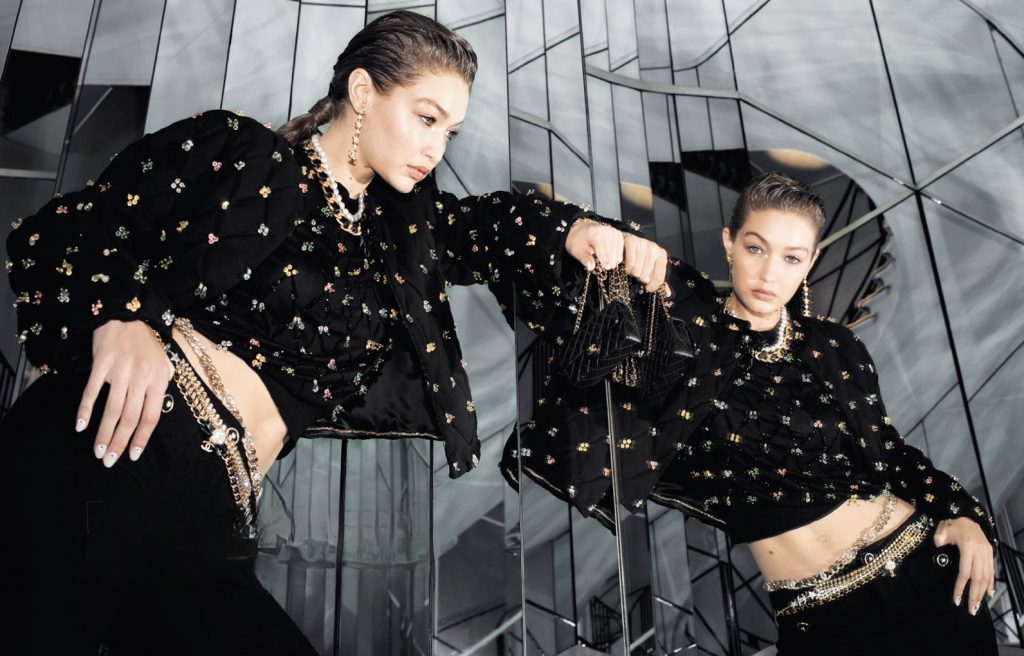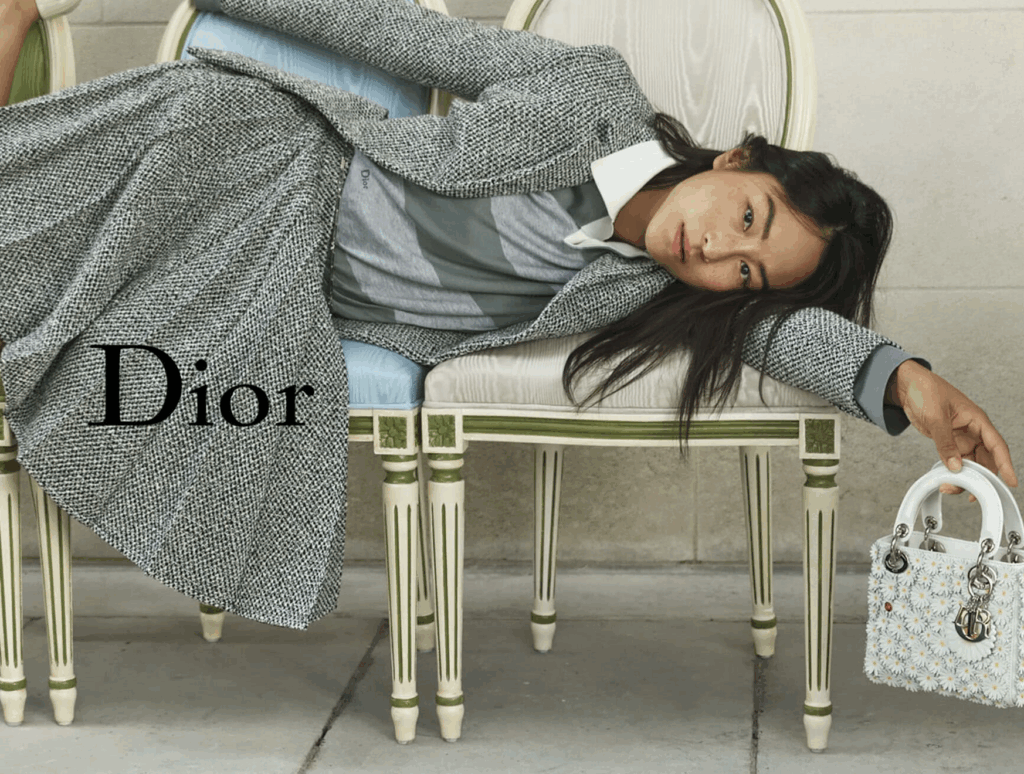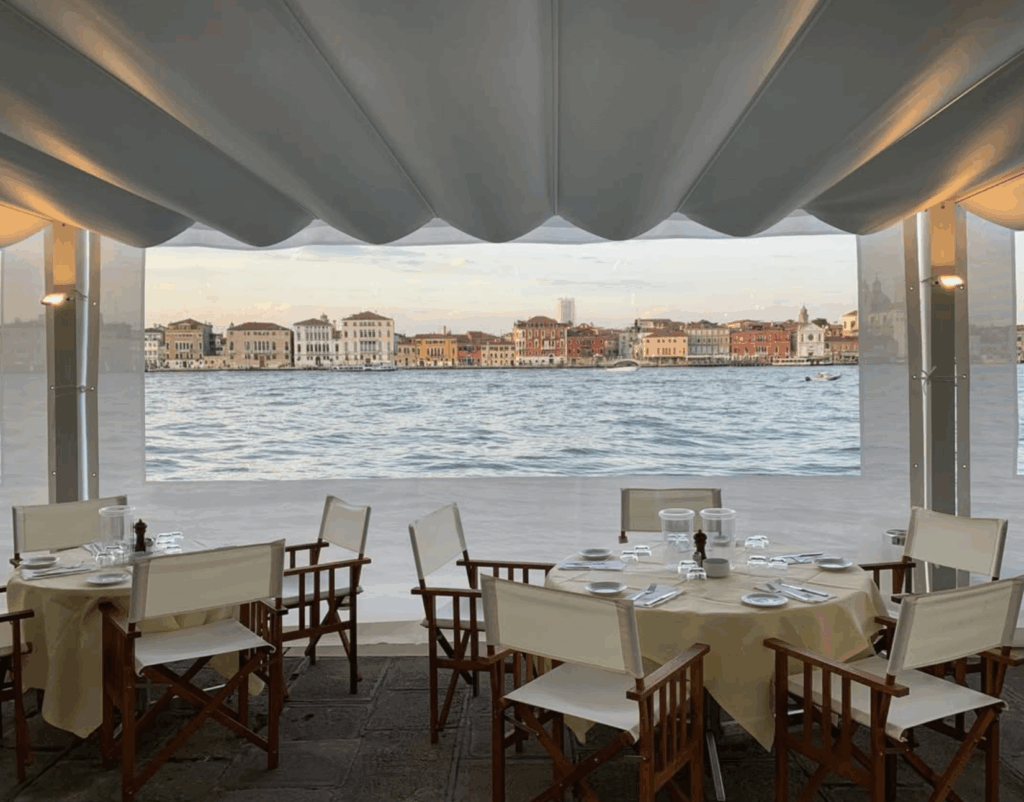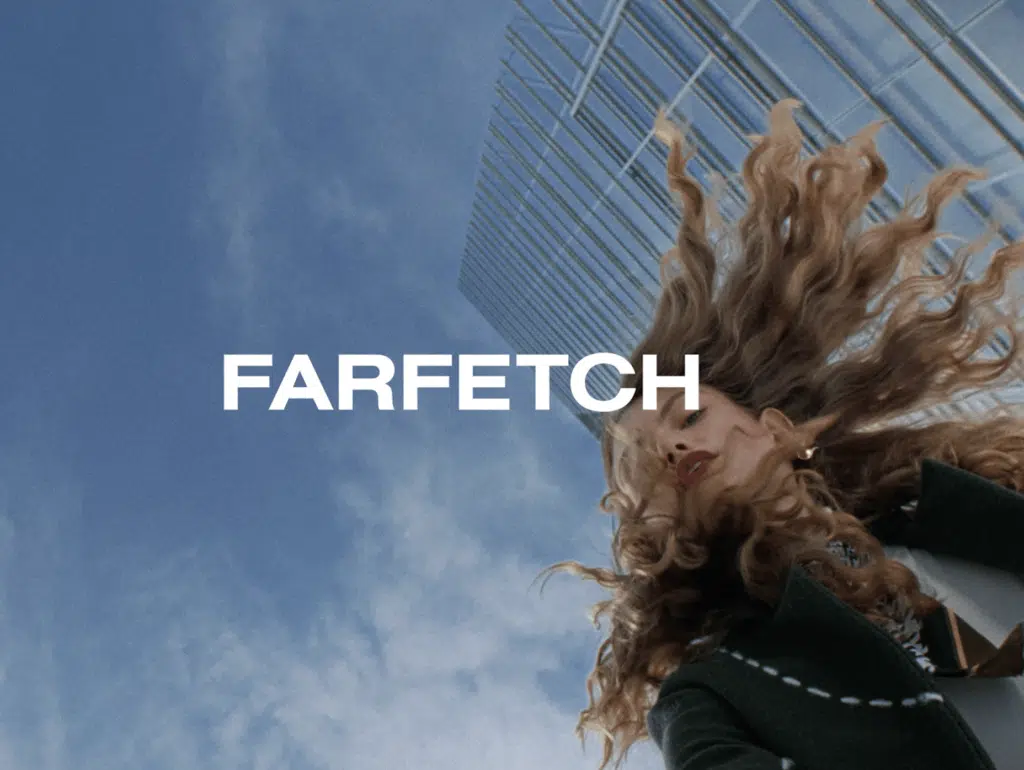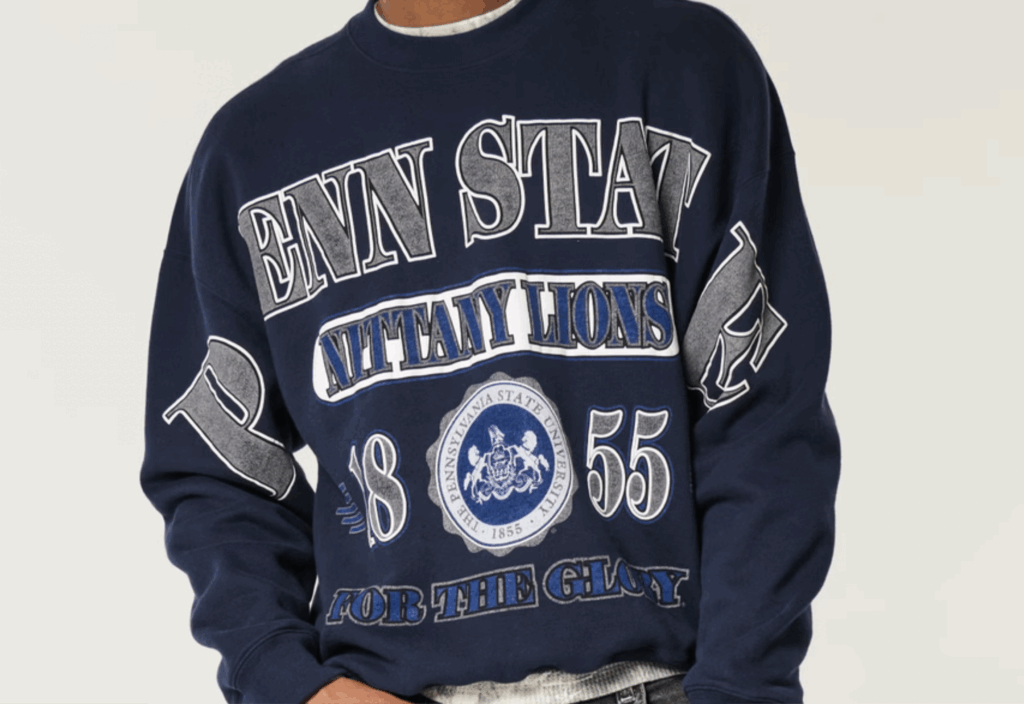The bigger the logo, the cheaper the bag. That is one of the key takeaways in a fashion-specific report from Jonah Berger, a marketing professor at the University of Pennsylvania’s Wharton School of Busines, and Morgan Ward, a professor at Emory University’s Goizueta Business School, who analyzed the correlation between the price and the prominence of branding on hundreds of accessories, namely, handbags.
In looking at a wide range of handbags – from cheap, mass-market ones to much more expensive Gucci and Bottega Veneta bags, what Berger and Ward found more specifically was this: among the market’s cheapest handbags – and other fashion items, such as sunglasses and footwear, the visibility of logos or other branding elements tends to be minimal. This changes – and logos grow in size and centrality – as price tags grow. As reported by Business Insider, Berger and Ward found that “as prices increase, branding becomes more prominent.” This is true particularly for mid-market to more accessibly-priced designer products.
But the logo prominence does not increase from there. In fact, as prices increase further, the prominence of branding begins to decrease. “For example, of ten different models of sunglasses ranging between $100 and $300 that Berger and Ward studied, the majority featured visible logos, while only a few out of ten $500-plus sunglasses had a brand name or logo on them,” per BI.
For handbags, the difference in branding by price point is significant, according to Berger: for every $5,000 increase in price, the size of the logo or other branding is reduced by an average of one centimeter. This is why Louis Vuitton’s large $1,400 Neverfull GM is covered completely in its branded Toile Monogram, whereas its much pricier – i.e., $21,400 – crocodile Petite Malle maintains barely any branding at all.
While accessories complete with visible branding, such as well-known logos, are largely adopted by consumers as a means of status-signifying in the vein of the age-old practice of conspicuous consumption, Berger and Ward note that the reverse is commonly in effect for high price-point offerings. “The inability to signal widely may seem like a downside,” they assert, but a lack of prominent branding often proves a draw for consumers that want to distance themselves from the market saturation of logos and instead, adopt “subtler signals” of wealth.
Beyond market saturation of certain logos and the resulting decrease in desirability among more discreet consumers, large-scale logo use also tends to give rise to more prevalent counterfeiting. Bags with particularly prominent logos “are more likely to be copied,” the professors note, “because what counterfeit buyers want is the signal. They care less about quality and more about what the bag communicates” by way of its branding.
Certainly the production of an “it” bag is not pure science but by Berger and Ward’s analysis, there are at last some striking variables at play.







